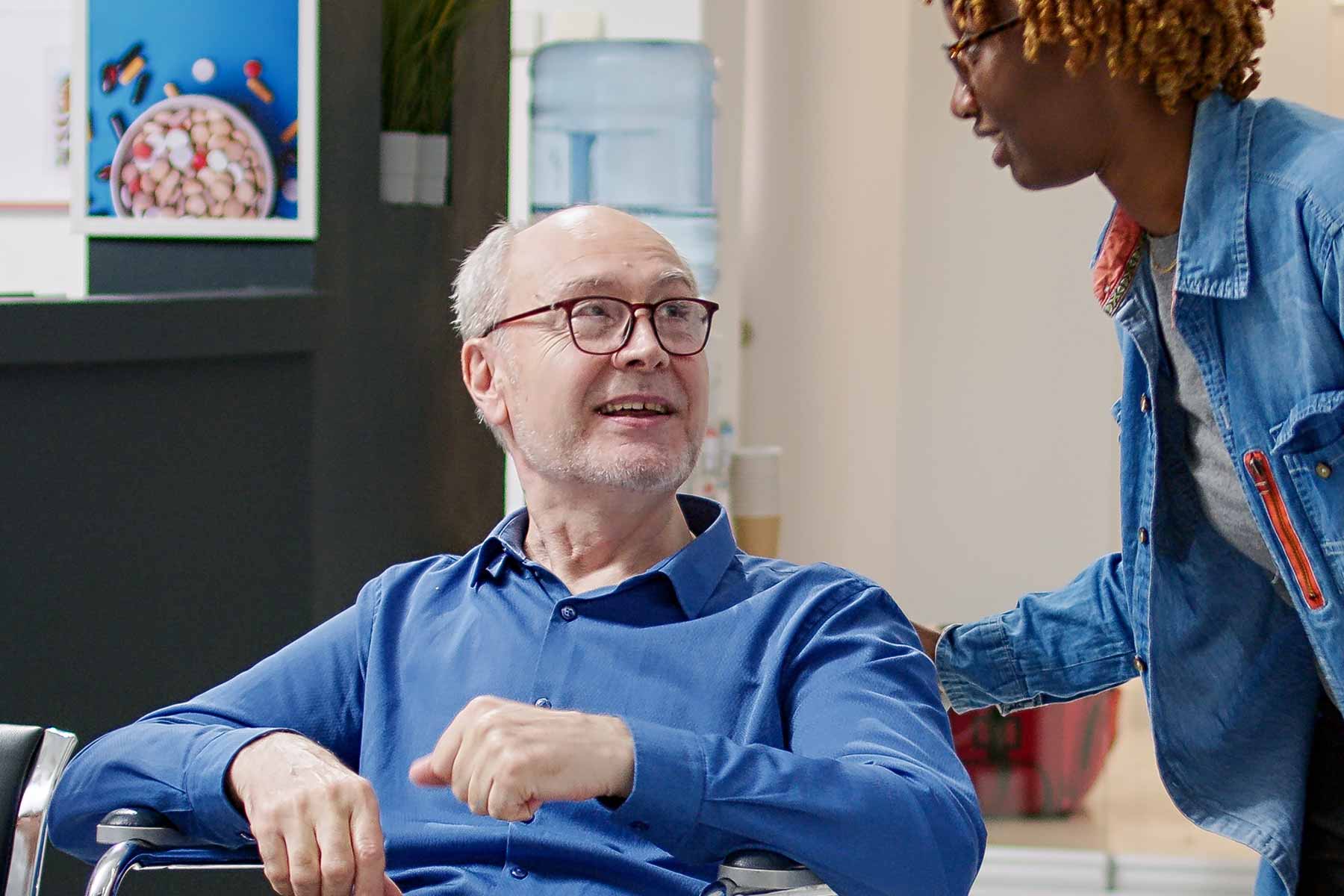Patterns in public transport are changing, population composition is changing, and so are commuting needs …
For many years, Demand Response Transport (DRT), called ‘Flextrafik’ or ‘Individuel Personbefordring’ in Denmark, has only been part of public transport services, paid for by municipalities and regions where it has mostly been about transporting eligible citizens to and from hospitals, doctor’s surgeries, schools, and institutions. Now, it is moving more into the overall Mobility-on-Demand category of transport.
Post-COVID, the Demand/Response area is changing. It is now being used more extensively and as part of new service offerings within ordinary public transport.
Voaygerr solutions meet customer needs, solving new challenges by expanding and adapting Demand/Response solutions that already exist.
In this article, we look at the future of Demand/Response, the Voyagerr solutions that support these services, and the new initiatives that are in the pipeline.
One system to plan, manage, and optimize individual passenger transport
Early versions of Demand/Response were manual and paper-based – from visitation (application) to planning, management, optimisation, and reporting.
To solve this challenge, Voyagerr developed a system that could transport the people in the most efficient way.
In the years that followed, Demand/Response became even more complex; municipalities and regions needed systems that could do more than just book trips.
New types of services, visitation rules, cost, and geography were some of the areas that had to be considered. With a number of IT solutions, Voyagerr streamlined the entire value chain from surveying, planning, and management to optimization and reporting.
The solution made driving more efficient in various areas and were adjusted to focus on user-friendliness. Web portals, apps and other tools give everyone the opportunity for self-service and improved booking information.
New, flexible solutions give freedom to several types of passengers including commuters and passengers using general public transport.
In recent years, the Demand/Response concept – a person who is eligible to be transported to or from a doctor, hospital or dentist as needed – has inspired other areas of public transport to think in terms of Demand/Response , including solutions that are targeted more traditional users of public transport.
Demand/Response would be appropriate for new development of existing routes or in sparsely populated areas or urban areas where it is not possible to fill up fixed route buses sufficiently.
This expansion of the Demand/Response model – tailored, flexible service without a fixed timetable for everyone – opens up the possibility of meeting a need for first and last mile driving.
Imagine that you live close to a major traffic hub or a carpooling collection point, but that it takes 30 minutes by bus to get there – it is not attractive to use public transport or to carpool. But what if an on-demand bus picks you up close to where you live, picks up other passengers at the same time, drives you to your onward transport, and only takes 15 minutes?
It is the future of Demand/Response; use a model that works from one area and to rethink public transport in another area.
With Demand/Response there is more than one way to be transported.
Rather than one-size-fits-all, solutions where you combine taxis, share trips, and use dynamic time booking can make it possible to service more passengers more cost-effectively.
Also the possibility of substituting, for example, an ambulance with a taxi that better suits the passengers’ needs makes it easy to match capacity with areas and needs – and more efficiently transport more passengers to their destinations.
Many places have, or are in the process of building, more flexible, personalized solutions within patient and school transport that enable passengers to choose and adapt the range of services as needed. It can be, for example, a taxi, a minibus, a trip planned with several types of vehicles, or something completely different.

Demand-driven public transport – illustrated for a regional area, here divided into 3 so-called mobility areas, where all tasks from search and planning to management and optimization are gathered in one On-Demand system solution.
The Future of Demand/Response
More customers have opened their eyes to the flexible Demand/Response systems developed by Voyagerr. It is not just about new technology, it is largely about a movement, with less focus on pick-up, stopping, and drop-off points and more focus on flexibility and options. For example, eligible people can be transported door-to-door one day and from their home to a fixed line the next day. Passengers of more traditional transport may find that they have more options than they had before.
Demand/Response and Mobility- on-Demand are part of a renaissance within public transport. Patterns are evolving, population composition is changing, so are commuting needs. This means that areas/stops that have been discontinued for public transport in the past can now be serviced via DRT solutions that serve both commuters and passengers with special needs.
Demand/Response principles and systems can offer obvious solutions to the challenges that public transport is facing now, with high demands for mobility frequency in urban areas and flexible demands in sparsely populated areas of the country.
Regardless of what trends and technologies we encounter in the future, Demand/Response and Mobility-on-Demand are fundamentally a matter of helping passengers from one place to another when they need it in a way that is both resource-efficient and provides a good passenger experience.
…

By Christian Erikstrup, OnDemand Mobility Specialist, Voyagerr






